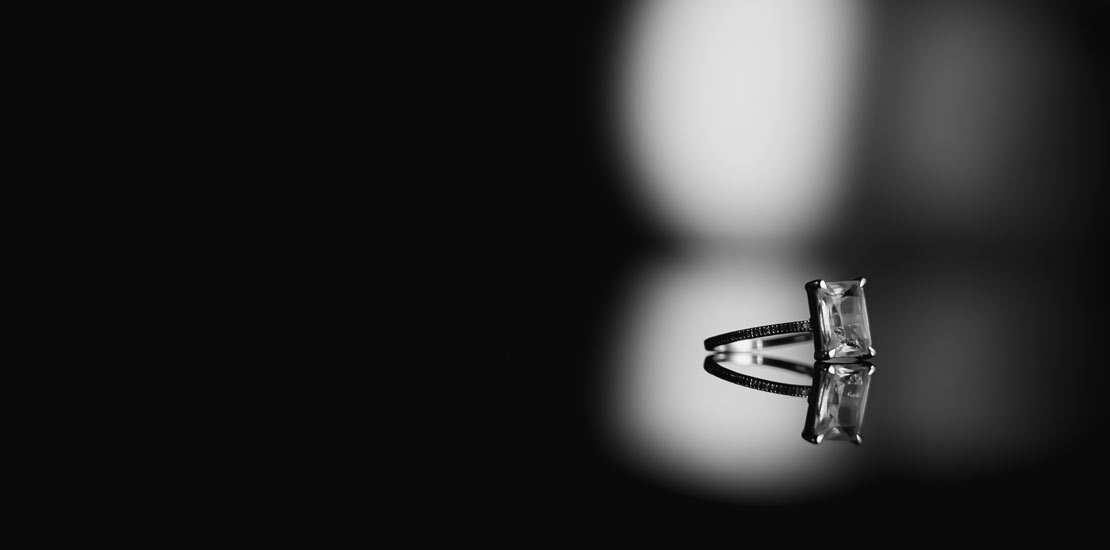
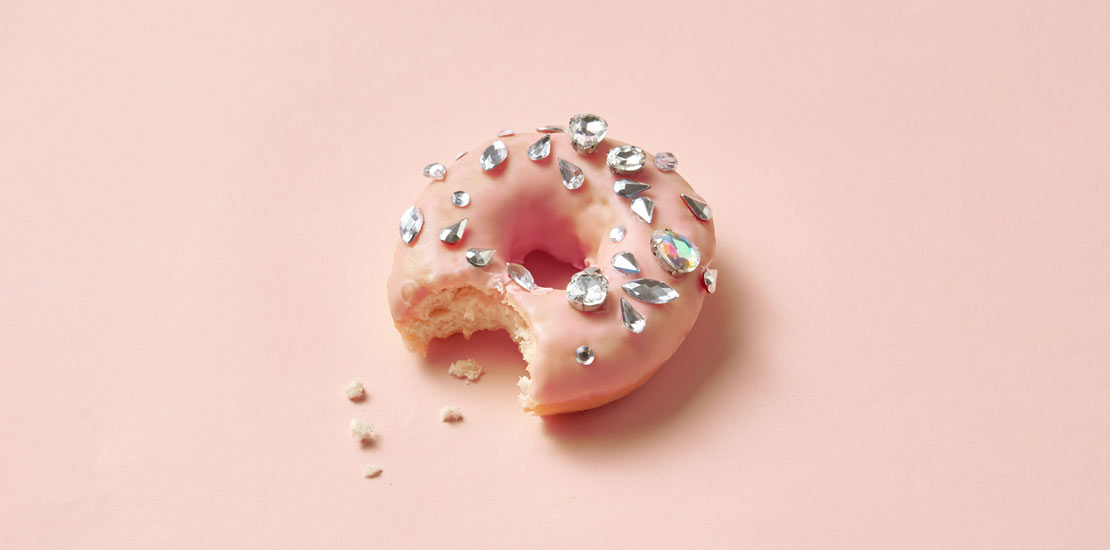
Project Details
- Product Name:
Fancy Cut Lab Diamonds
- Color:
D E F G
- Clarity:
VVS VS
- Usage:
For Making Lab Diamonds Jewelry
- Technology:
HTHP CVD
A responsible choice in lab-grown diamonds for fancy cuts has multiple benefits. First, they are better for the environment and less harmful to people than natural diamonds. Second, they offer similar quality and durability without the need for drilling. The final benefit of a lab-grown diamond is that it is safer and more ethical than a natural diamond. Its lower carbon footprint is an added bonus. Lab-grown diamonds also avoid specific labor conflicts that can arise during the mining process. Moreover, they avoid price fixing between mining conglomerates and biased laws that affect revenue share.
Characteristics of Fancy Cut Lab Diamonds
- Lab-grown diamonds are more affordable than natural diamonds, which makes them a better choice for engagement rings. However, many people feel that lab-grown diamonds are not as good as their natural counterparts. It is important to note that the cost of a lab-grown diamond depends on the cut and shape of the stone. In addition, a fancy cut creates more waste during the cutting process, which in turn drives the cost up. Because of this, fancy cuts aren’t always the most affordable option.
- A lab-grown diamond can be just as beautiful as a mined one, if you select the right type of cuts. There are numerous ways to identify a lab-grown diamond and its quality can be confirmed by checking its certificate. It will have a laser inscription on the girdle to make it easy to spot. Additionally, a lab-grown diamond will be graded according to the 4 C’s, which is the same as a mined diamond. In many cases, lab-grown diamonds are also certified by responsible laboratories.
Gemological properties of Fancy Cut Lab Diamonds :
Colorless material in fancy cut CVD is a good choice for high-end applications. It’s easier to process than other types. It’s even more efficient than conventional metals. Its high melting point allows for a much higher degree of precision than other materials. Moreover, it is more durable than traditional materials. It’s also easy to manufacture.
- Colorless material in fancy cut CVD can be manufactured from a variety of materials. The most common types are NS 0 and NS. The NS 0 component is made from 10% of ochen’ malo. The NS 0 material is the best option for high-precision machining applications.
- Colorless material in fancy cut CVD can be made from a variety of different substances, including polymers, ceramics, and metal alloys. A high-tech material that is both durable and colorless, it is an excellent choice for many applications, from medical devices to electronic components.
Fancy Cut Lab Diamonds Advantage:
Colorless material in fancy cut CVD is an excellent choice for the machining of gemstones. The process results in diamonds with less than 90% total absorption. This material is also excellent for designing jewelry. This process is the most versatile, and the results can be breathtaking. It’s also easy to use, and can be used in any environment.
The symmetry of a fancy cut diamond can be an important aspect of its value. A diamond that has good symmetry is usually more marketable and valuable than one that is not. But it is not the only factor that determines value. There are also other factors that determine a diamond’s worth, including the cut quality.
A diamond’s symmetry is the result of careful planning and precise cutting. A symmetry grade indicates the degree of symmetry in a diamond’s facets, culet, table, crown, and pavilion areas. While these features do not necessarily detract from the brilliance of a diamond, they can result in a diamond with less symmetrical characteristics.
There are a variety of different shapes and sizes when it comes to fancy cut diamonds. When you purchase a diamond, it is important to understand all four C’s: cut, clarity, color, and polish. If you are looking for a diamond with an unusual shape, you may want to consider a cushion cut. While this shape isn’t very common in modern jewelry stores, it is a classic shape, characterized by large facets. This cut was created by diamond cutters in the early 1900s, and it can look like an elongated oval or a rectangular shape with rounded corners. Cushion cut diamonds have many facets, but they also tend to have less sparkle than other diamond shapes.
Fancy cut diamonds are cut into unique shapes, and are most popular as accent stones or side stones in jewelry. Their creation was an effort to diversify the diamond industry and promote shapes other than the standard round. Over the past several decades, many shapes have become popular, including the marquise, cushion, and emerald cut diamonds.
The most popular fancy cut diamonds are princess and emerald cuts. Both of these shapes feature square modified brilliant cuts with pointed corners and over 50 chevron facets. The princess cut is square in appearance, but it can also be rectangular depending on the length-to-width ratio. The emerald cut diamond, on the other hand, is sought after for its understated glamour. It has parallel rectangular facets and icy clarity and is a popular choice for engagement rings with an Art Deco theme.
The shapes of fancy cut diamonds are usually based on the rough stone’s shape. There are also modified brilliant cuts with triangular or kite facets that start in the center of the diamond and work outward to the girdle. Another cut, the step cut, is characterized by long, narrow, four-sided facets. Another cut is the mixed cut, which is a combination of step cuts and modified brilliant cuts.
Another fancy cut diamond is the pear shape. Also known as the teardrop diamond, the pear shape is a hybrid of the marquise and round brilliant diamonds. Its narrower, pointed end creates a more rounded appearance. Its cut is symmetrical and has a high crown.
Related Projects
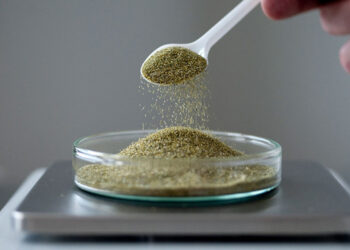
lab grown diamonds
Nanometer Modified Diamond Powder
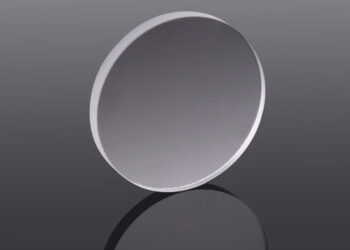
lab grown diamonds
CVD SC Diamond Optical Window
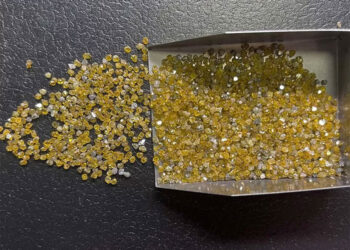
lab grown diamonds